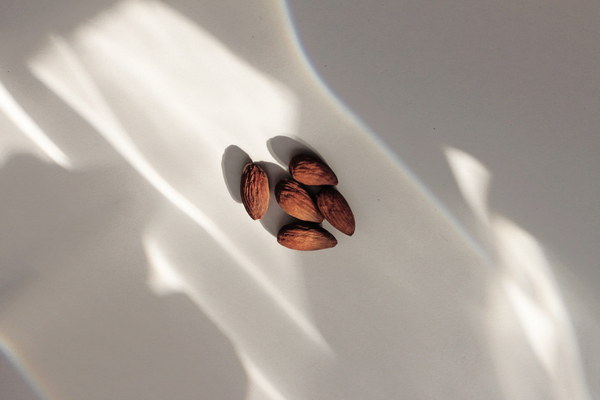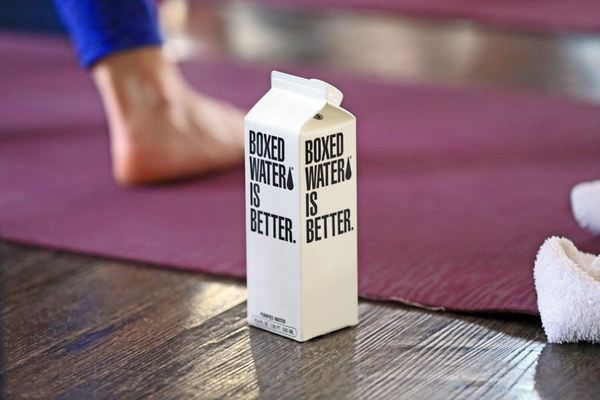Sweating It Out Is Exercise Really a Remedy for Dampness in Women
Is Exercise Really a Remedy for Dampness in Women?
The concept of dampness is a traditional Chinese medicine (TCM) term that refers to a state where excess moisture or fluid accumulates in the body, leading to various symptoms like fatigue, joint pain, and weight gain. In TCM, it's believed that sweating is a way to expel this dampness and restore balance to the body. But is exercise, which often results in sweating, truly an effective method for treating dampness in women? Let's delve into this topic.
Understanding Dampness in TCM
In traditional Chinese medicine, dampness is often associated with the liver and spleen organs. The liver is responsible for regulating the flow of qi (vital energy), while the spleen is responsible for transforming and transporting nutrients. When these organs are out of balance, dampness can accumulate, causing a range of issues.
Symptoms of dampness can include:
- Excessive sweating, especially at night or during sleep
- Feelings of fatigue or heaviness
- Weight gain, particularly around the abdomen
- Joint pain and stiffness
- Digestive issues, such as bloating, constipation, or diarrhea
- Mucus production in the nose and throat
Exercise and Sweating as a Remedy
The idea that exercise can help expel dampness is rooted in the belief that sweating is a natural process that aids in the elimination of excess moisture from the body. Here's how exercise and sweating might contribute to the relief of dampness:
1. Enhanced Circulation: Exercise increases blood flow throughout the body, which can help to move stagnant qi and dampness more efficiently.
2. Stimulated Lymphatic System: Sweating also stimulates the lymphatic system, which plays a crucial role in removing waste products and excess fluid from the body.
3. Improved Metabolism: Regular exercise can boost metabolism, helping to burn excess fat and reduce the likelihood of dampness-related weight gain.
Exercise for Women with Dampness
While exercise can be beneficial for women experiencing dampness, it's important to choose the right type and intensity of exercise:
- Low-Impact Activities: Low-impact exercises like walking, yoga, or tai chi can help improve circulation without placing excessive stress on the joints.
- Moderate Intensity: It's crucial to avoid overexertion, as excessive sweating can lead to dehydration and further imbalance.
- Consistency: Regular exercise is key. Even short, daily sessions can have a cumulative effect over time.
Potential Risks and Considerations
While exercise can be a natural way to address dampness, it's not a one-size-fits-all solution. Here are some considerations:
- Individual Differences: The response to exercise can vary from person to person. Some women may find that exercise helps alleviate dampness, while others may experience worsening symptoms.

- Other Factors: Diet, lifestyle, and other health conditions can also influence the effectiveness of exercise in treating dampness.
- Professional Advice: It's always a good idea to consult with a healthcare professional, especially if you're considering starting a new exercise regimen or if you have pre-existing health conditions.
Conclusion
While exercise is often hailed as a universal health booster, its role in treating dampness in women is more nuanced. While sweating can help eliminate excess moisture and improve circulation, it's not a guaranteed cure for dampness. The effectiveness of exercise in this context depends on individual factors, and it should be combined with a holistic approach that includes diet, lifestyle changes, and possibly other TCM practices. As always, consulting with a healthcare professional is advisable when considering any new treatment or exercise routine.









